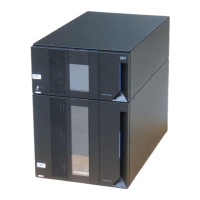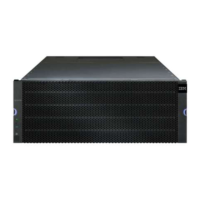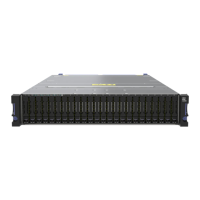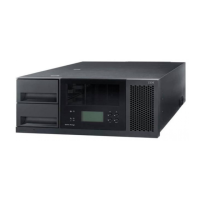508 IBM Midrange System Storage Hardware Guide
Here are some recommendations when using RAID 1:
Use RAID 1 for the disks that contain your operating system. It is a good choice, because
the operating system can usually fit on one disk.
Use RAID 1 for transaction logs. Typically, the database server transaction log can fit on
one disk drive. In addition, the transaction log performs mostly sequential writes. Only
rollback operations cause reads from the transaction logs. Therefore, we can achieve a
high rate of performance by isolating the transaction log on its own RAID 1 array.
Use write caching on RAID 1 arrays. Because a RAID 1 write will not complete until both
writes have been completed on both disks, performance of writes can be improved
through the use of a write cache. When using a write cache, be sure it is battery-backed
up.
RAID 3: Sequential access to large files
RAID 3 is a parallel process array mechanism, where all drives in the array operate in unison.
Similar to data striping, information written to disk is split into chunks (a fixed amount of data),
and each chunk is written out to the same physical position on separate disks (in parallel).
This architecture requires parity information to be written for each stripe of data; with RAID 3,
a dedicated disk is used, unlike RAID 5, where parity information is spread over all the drives
in the array.
Performance is very good for large amounts of data, but poor for small requests because
every drive is always involved, and there can be no overlapped or independent operation. It is
well-suited for large data objects such as CAD/CAM or image files, or applications requiring
sequential access to large data files. Select RAID 3 for applications that process large blocks
of data. It provides redundancy without the high impact incurred by mirroring in RAID 1.
Note: RAID 1 is actually implemented only as RAID 10 (see “RAID 10: Higher performance
than RAID 1” on page 511) on the DS5000 storage subsystem products.
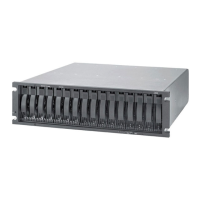
